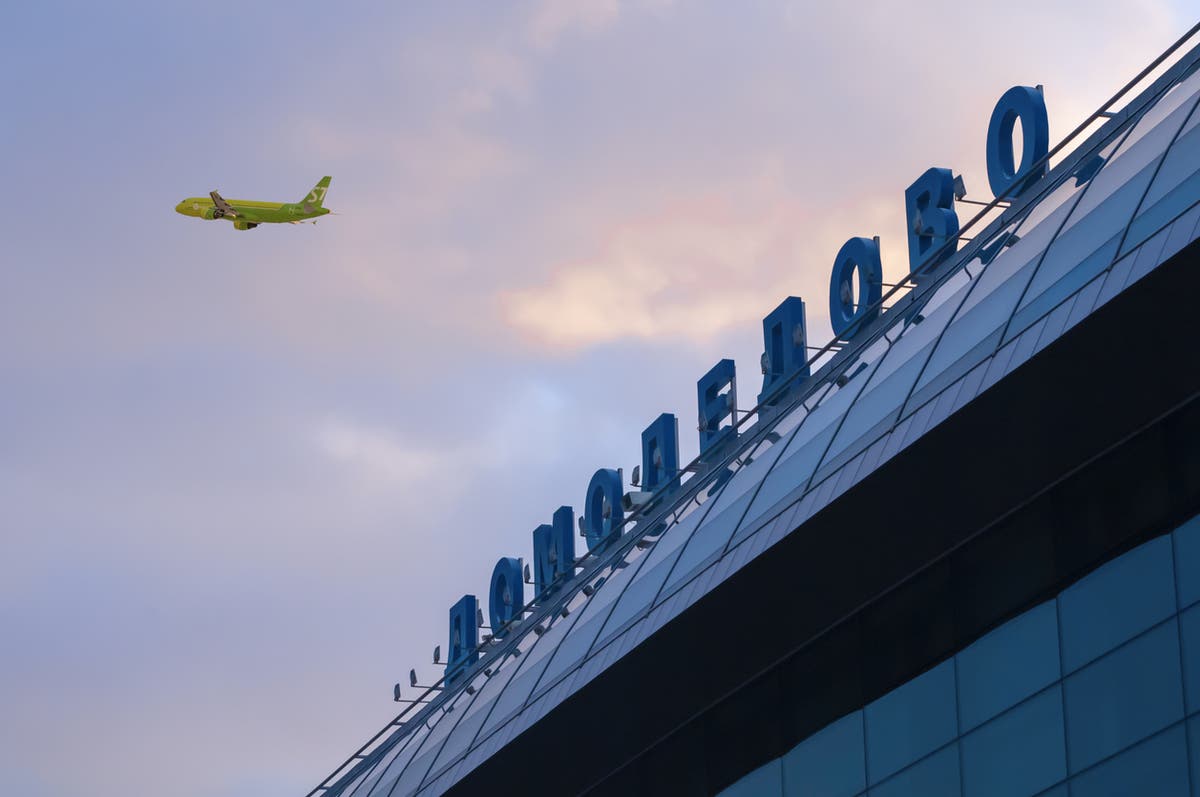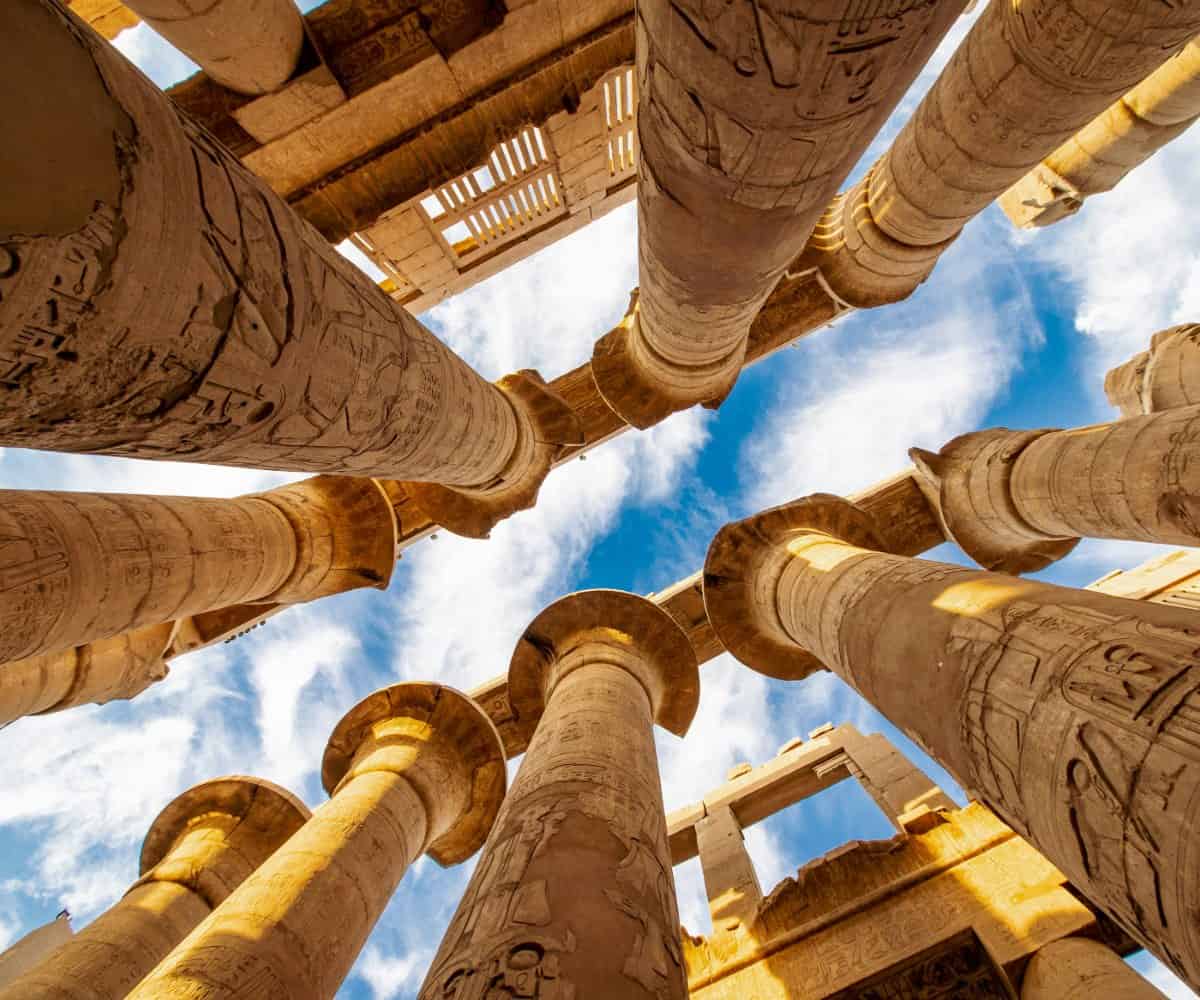8 of the best things to do in Gran Canaria
The Canary island holds some of the Spanish archipelago’s most striking nature, enchanting towns and an action-packed capital city


Sign up to Simon Calder’s free travel email for expert advice and money-saving discounts
Get Simon Calder’s Travel email
Gran Canaria is a popular tourist destination thanks to excellent weather, easy access from mainland Europe and a fantastic range of year-round deals and package holidays.
The third largest of Spain’s Canary Islands, it’s home to an impressive range of high-end resorts, idyllic coastal villages and charming inland towns, while the capital, Las Palmas, is a beautiful Spanish city replete with magnificent architecure, plenty of culture and a popular city beach.
An island shaped by roughly 10 million years of volcanic activity, Gran Canaria is also a haven for nature lovers, with volcanic craters and mountains offering hiking and trekking opportunities.
A slew of golden beaches and the rolling dunes of Maspalomas are unmissable sites, while the chance to try your hand at water sports or see well-preserved archaeological sites means there’s plenty to fill a holiday other than lounging beachside.
Here’s our pick of the best things to do in Gran Canaria.
Spend time in the capital
The city of Las Palmas has plenty of attractions
(Getty Images)
Las Palmas is by far the largest settlement on Gran Canaria, and as such it contains a little bit of everything that makes the island so great. Many will start with a visit to the urban beach of Las Canteras, a stretch of golden sands that extends for almost two miles, or a stroll around the old town, known as Vegueta, to see a range of medieval and Renaissance architecture and the Casa de Colon, a museum with exhibits on the voyages of Christopher Columbus.
The city also has its own modern art gallery and science museum, and a museum dedicated to the island’s pre-conquest history (as well as several notable religious buildings, such as the Santa Ana cathedral). The city’s main park is the leafy, shaded San Telmo, while Mayor de Triana is the most notable shopping street. Alternatively, get on your bike to explore areas like Triana and the seaside San Cristobal, a quaint old fishing neighbourhood.
Read more on Spain travel:
Cross the Maspalomas dunes
The dunes have been a protected natural area since 1994
(Getty Images)
The sprawling dunes of Maspalomas are certainly one of the most striking sights in Gran Canaria. Extending from the waters of the Atlantic towards the popular resort town of the same name, these sands provide a 900-acre landscape of rolling dunes that looks like it was plucked straight from the Sahara.
The dunes can be accessed from Maspalomas itself, but be careful not to litter. Come at sunset for the best photos, and be sure to explore the various sections of beach too; book a guided tour if you want to learn more about the dunes and see the best routes.
Kick back at the beach
Winter temperatures that remain around 20C mean that Gran Canaria’s beaches are popular all year
(Getty Images/iStockphoto)
Gran Canaria has almost 40 miles-worth of beaches to choose from. Maspalomas and Las Canteras are often visited due to their natural beauty and convenience, but there are dozens of others, from quiet and family-friendly to those with untouched natural beauty.
West of Maspalomas, trendy and tranquil Meloneras offers a laid-back experience near several of the island’s upscale resorts. Head further west to see the palm tree-lined, Caribbean-esque white sands of Anfi del Mar, or northeast to Amadores, full of cliffs and coves and proving a quieter alternative to the water sports and parties of Puerto Rico. Playa de Morganlies just 15 minutes away by car, and is popular for families and those looking for a scenic base on the island.
Hike to the Roque Nublo
The Roque Nublo is estimated to be around four million years old
(Getty Images)
The Roque Nublo sits at over 1,800m above sea level, making it the third-highest point on Gran Canaria and a popular finishing point for hiking. Standing at 80 metres tall, it was once a place of worship for the island’s natives, and now lies within a protected natural area and Unesco-listed biosphere reserve.
There are several routes to hike up to the monolith, with guided tours available that take around two hours. Popular self-guided routes can take as little as 75 minutes to reach the Roque, covering a distance of just under two miles.
Visit one of the smaller towns
Pretty towns are spread throughout Gran Canaria
(Getty Images/iStockphoto)
Las Palmas may steal the headlines along with larger resorts like Playa del Ingles, Maspalomas and Puerto Rico, but Gran Canaria is home to a slew of beautiful smaller towns, both on the coast and inland. The aforementioned Mogan is a coastal example, filled with small canals and popular with families looking for a little more peace and quiet; Sardina del Norte is another delightful coastal town surrounded by clear waters. Agaete is a charming coastal town of colourful houses, a charming historic quarter and crystalline natural pools.
Towns including Teror and Tejeda are good places to see traditional Canarian architecture, old churches and countryside views. Other towns have different selling points, from the Gothic Revival cathedral and rum distillery of Arucas to the archaeological sites of Galdar.
Hike to the Caldera de Bandama
The Caldera de Bandama is an impressive volcanic crater
(Getty Images)
The Caldera de Bandama is perhaps the most striking example of the volcanic activity that has come to define Gran Canaria’s landscape. Located in the northeast of the island not far from Las Palmas, this crater measures around one kilometre wide, 216 metres deep and over 570 metres high.
The starting point for several hikes can be reached via bus from Las Palmas, and from there a number of routes can take from around 90 minutes to as long as four hours, covering up to 6km on some trails. Many hikers aim for the Pico de Bandama, the most prominent ‘peak’ along the caldera, for sweeping views over the northeast of Gran Canaria.
Try some water (and on-land) sports
Prevailing winds mean the south of the island usually stays dry and warm
(Getty Images)
Gran Canaria’s temperate year-round climate means that it is a great place to try your hand at various sports, both on land and in the water. Golf is popular throughout the year, with eight courses on the island, the most renowned of which is the Real Club de Golf Las Palmas next to the Caldera de Bandama. For a wildly different setting, play next to the dunes at Maspalomas.
Winds around Gran Canaria make it especially popular for surfing and related activities including wind surfing, while paddle boarding, kayaking and jet skiing are also possible. Beaches like Puerto Rico, Anfi, Maspalomas and Taurito are all home to specialised water sports companies, and there are also established surf schools at Las Canteras and Playa del Ingles.
Discover the island’s caves
The Caves of Valeron were once thought to be a set of convent rooms
(Getty Images/iStockphoto)
The island contains two major historical cave sites, the Caves of Valeron and the Cueva Pintada (‘painted cave’). The former is a somewhat eerie series of caves set high in the Montana del Gallego that once served as grain stores for the island’s native Guanche inhabitants, while the latter is a pre-Hispanic cave adorned with geometric shapes. Tours show visitors the illustrations from within a glass room, with separate reconstructions of ancient dwellings also available to explore.
Other cave sites to explore include the ‘Four Doors’ of Mount Bermeja and the Cuevas del Rey near the small village of El Roque, while some of the most picturesque swimming caves include those at Taurito beach and the Cave of a Thousand Colours in Telde.
Read our reviews of the best Spain hotels

 FrankLin
FrankLin 































